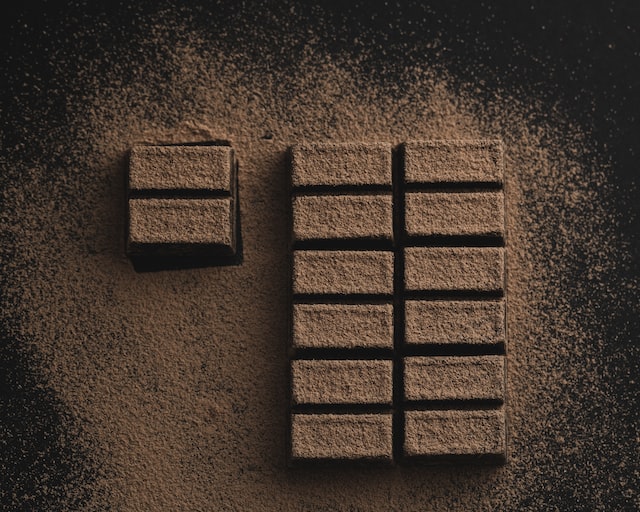Simple adjustments for the 2nd part of the cardio block
Although I had a hard time in the last couple weeks, it helped prepare me for the second part of the cardio block. I’ve made some simple adjustments that have made my life easier. And yes, I’m still changing things up even towards the end of the term lol. Learning how to learn effectively is an ongoing process for me. Here are some of the simple adjustments I’ve made.
Simple adjustment #1: proactively using online resources
Fortunately, the second part of the CPR block has the same pattern as the first block. We start with the embryological development, then clinical anatomy and histology, and then work towards the physiology of the system. (The physiology makes up the bulk of the modules). The difference is that instead of the cardiovascular system, we’re now learning about the respiratory and renal systems
Since I really struggled with embryology and histology during the cardio block, I’ve been using online resources right away this time around. As I’ve mentioned many times, I love Ninja Nerd. His embryology videos have been life saving. For anatomy, I love Sam Webster. He is an incredible teacher and his quirky style makes his videos fun to watch. And surprisingly, I’ve managed to find histology videos, like this one, which have been really helpful. Thank you YouTube.
Simple adjustment #2: making flowcharts
Once I have a general understanding of the lecture, I like to draw out a flow chart on my whiteboard. By organizing the information in one place rather than flipping between slides, this helps me see the bigger picture and how everything ties in. This has been really helpful for embryology and histology.
For histology, knowing the distinguishing characteristics of different regions is important. So recently, I’ve been organizing the information into a chart. There are charts available from upper term students but I like to make my own. The process helps with learning. First, I work through the lectures slides and jot down the main points on the whiteboard. This makes it much easier to then organize the information into a chart in Excel.
I was using this method earlier in the term. Then I stopped because it wasn’t effective for the MSK block. (The most effective strategy for MSK was practice problems). But this would have been really helpful during the cardio half of this block. I think what hindered me was not having my Surface Pro 8 anymore. It had a touch screen which made it really convenient to make flowcharts on Microsoft Whiteboard. And for some reason, I didn’t think to make use of the actual whiteboard in my room lol. Even though it’s great to use since it’s quite big. This is the whiteboard I got from Amazon.
Simple adjustment #3: covering the material before lecture
I’ve been trying to get most of the lecture material covered by lecture time, which starts at 3:30. I like to start my morning by reviewing the lecture slides for the day. Then I’ll watch YouTube videos to help me understand the material better. If needed, I’ll create a flowchart to organize the information.
Then I’ll switch over to Anki. I try to get all my reviews done by mid-day. That way I can focus on new Anki cards for the current day’s material from afternoon onwards. The goal with this routine is to get through all of that day’s material and still have some free time in the evening.
This has been especially helpful in clearing up my weekends. In the last 2 weeks, I was able to get the lecture content covered by Friday or Saturday at the latest. In turn, I had ample time to complete the week’s practice problems and quizzes over the weekend. And then I started Monday anew. Most importantly, I had time to rest and relax.
These are the 3 simple adjustments I’ve made since the last exam. I think I’m going to stick to this routine to wrap up the term.
Are there any adjustments you’ve made recently? How are they working out?
-M
Want updates on the latest posts? Email theislandmedonline@gmail.com or complete this form to join the email list today!








2 Comments
Comments are closed.